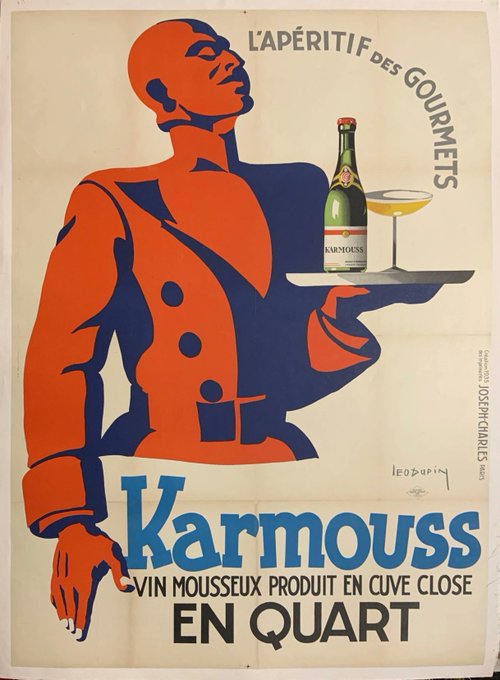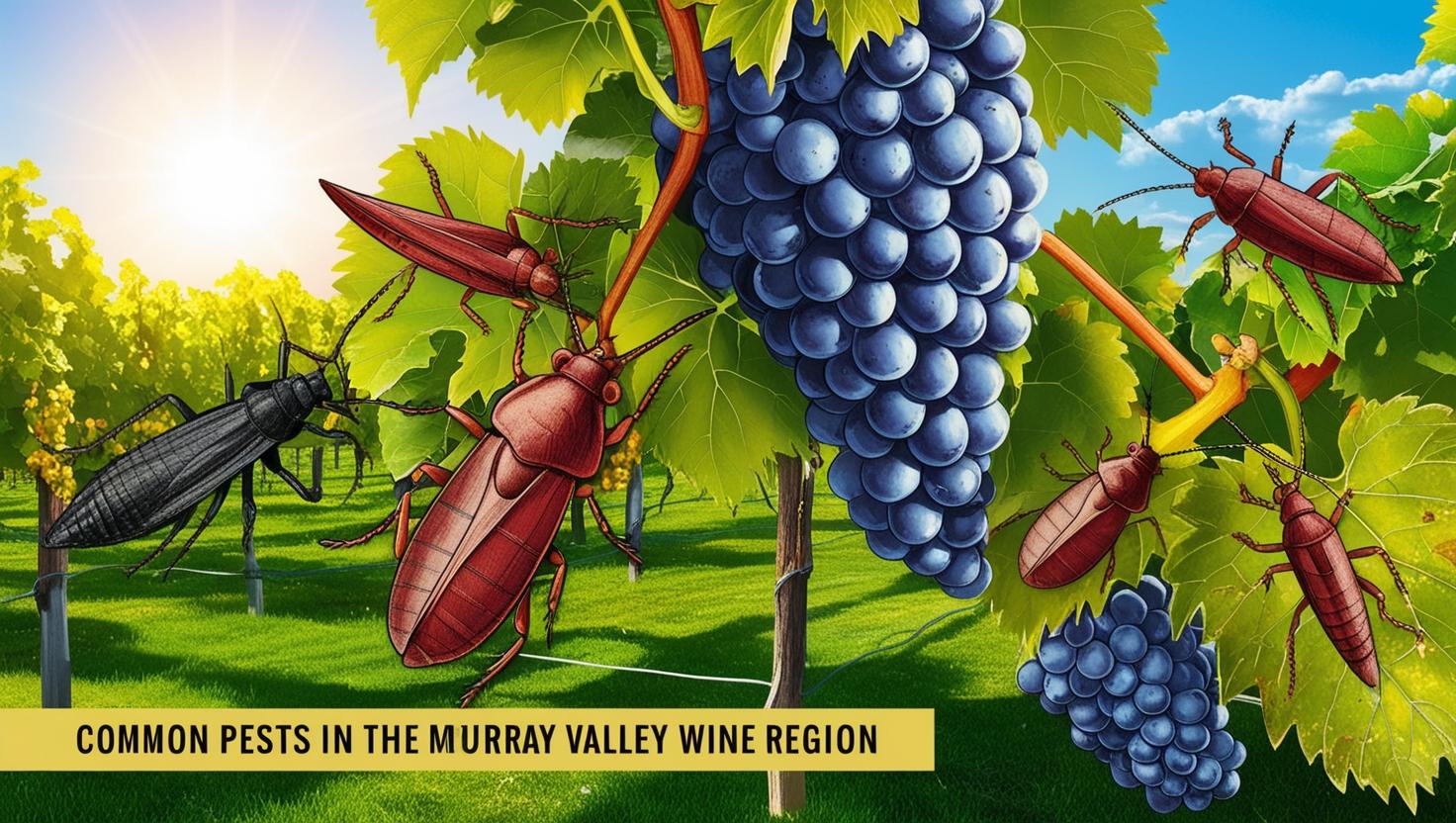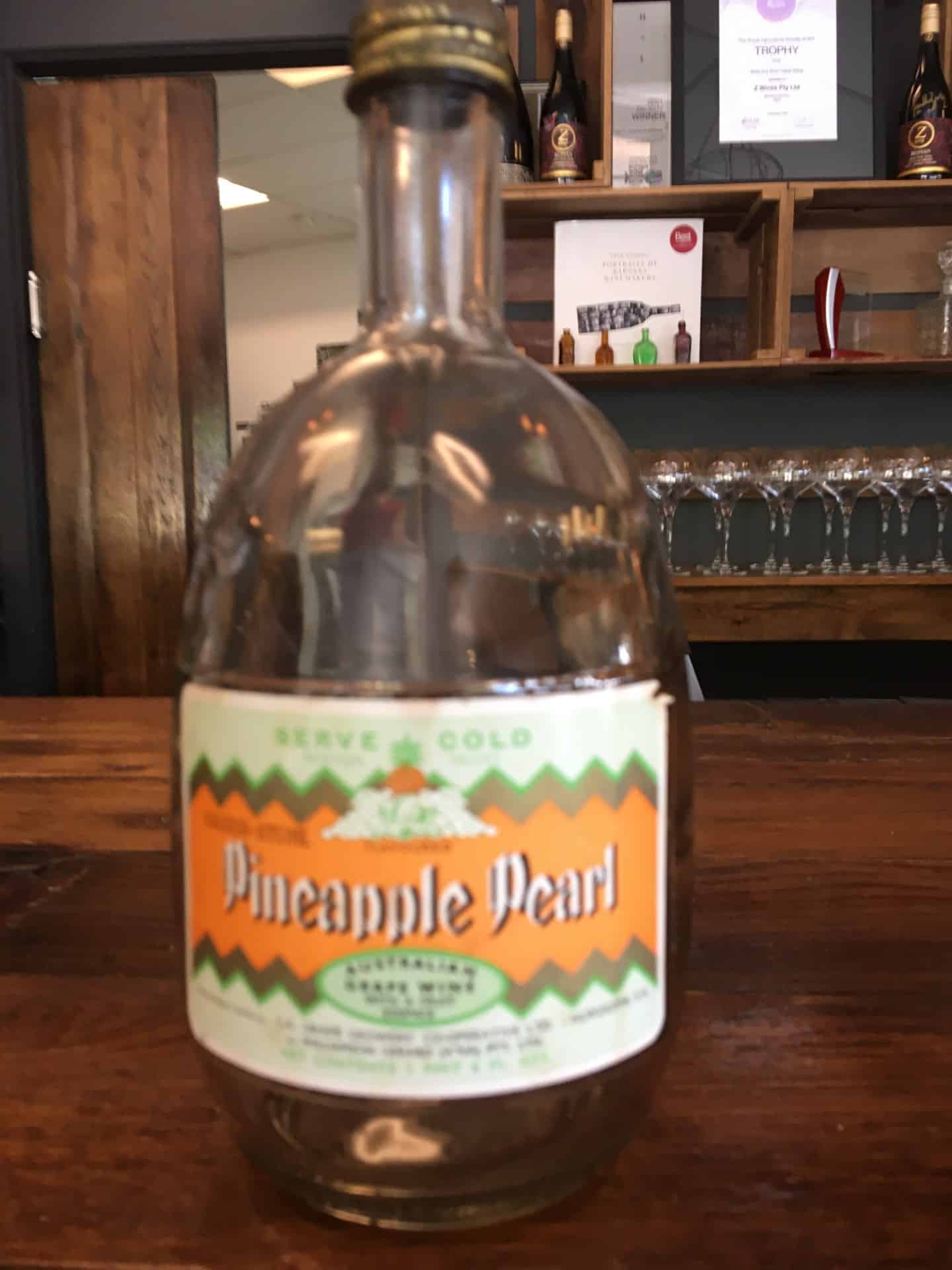Methode Champenoise and Charmat sparkling wines – it’s hard to taste a difference according to a report on the French website Vitisphere.
It reports a study claiming that secondary fermentation produces the same wines, irrespective of whether they are produced using the traditional method, in bottles, or in closed tanks, using the Charmat technique.
This conclusion debunks the idea that “sparkling wines produced using the traditional method are better”. The researchers from the University of Rio Grande in Brazil collected a white base wine made from Chardonnay, Riesling and Pinot Noir from the Chandon winery in Garibaldi, Brazil. These are the grapes used by Chandon Brazil to produce its own Chandon Reserve Brut using the Charmat method of secondary fermentation in closed tanks.

The Chandon winery is part of the LVMH group that includes Dom Pérignon, Krug, Moët & Chandon, Ruinart and Veuve Clicquot.
The Vitisphere story said that when they conducted physico-chemical tests, the researchers did not identify any major differences between the two methods, aside from a little more diethyl succinate, an ester with aromas of fresh apple, in the traditional method wine. They also noticed that these minor differences gradually disappeared with time.
Three months after the final bottling, they asked a panel of trained tasters to distinguish the two methods through 369 triangular tests. Over half of them got it wrong.
12 judges then rated blind the colour intensity of the wines, their various aromas like tropical fruits, floral or herbal aromatics, their acidity, their sourness and their persistence.
“We were not able to show statistical differences in the sparkling wines”, said the researchers, claiming that both types of sparkling wines can have the same level of quality and ability to age.





